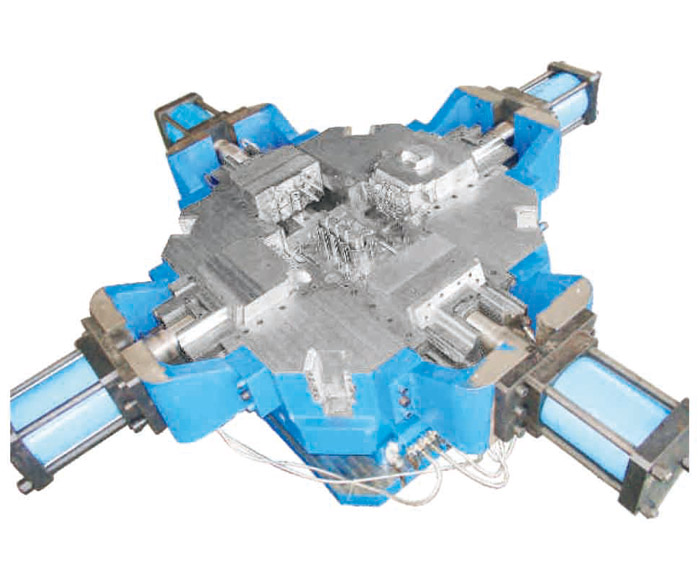

Address: No. 69, Jintong Road, Binhai Industrial Park, Xiangshan, Zhejiang
TEL:0086-574-65802978
Mobile:0086-13626819899
E-mail:nbklbj@nbkaili.com
1. Inspection Regulations for Heat Treatment of Carbon […]
1. Inspection Regulations for Heat Treatment of Carbon Steel Castings
Considering the complicated shape of valve castings and easy deformation and cracking, the heat treatment of carbon steel castings usually adopts annealing. The inspection focuses on monitoring whether the supplier can perform the following heat treatment standards and inspecting the hardness value of the casting.
Points to note during the heat treatment of carbon steel castings
(1) When the furnace temperature rises to 650℃~800℃, can the temperature rise slowly?
Due to the heating process, especially for carbon steel castings with complex shapes, when the furnace temperature rises to 650℃~800℃, the temperature should be increased slowly, or the temperature should be kept for a period of time. Since carbon steel undergoes phase transformation in this temperature range, accompanied by volume changes, phase transformation stress occurs. If the temperature rises rapidly, the temperature difference between the thin-walled part and the thick-walled part of the casting and the outer layer and the middle layer will increase easily. As a result, the thermal stress of the casting is increased, which can easily lead to cracking of the casting.
(2) Whether the heat preservation time is sufficient
In order to make the surface and the inside temperature of the casting equal, and have enough time to completely change the structure, the heat preservation time of thick-walled castings is longer than that of thin-walled castings.
(3) When carbon steel castings are annealed, they are usually cooled with the furnace.

2. Inspection Regulations for Heat Treatment of Austenitic Stainless Steel Castings
The heat treatment of austenitic stainless steel castings usually adopts solid solution treatment and stable solidification treatment to make it have better corrosion resistance. The inspection focuses on monitoring whether the supplier can comply with the following heat treatment standards.
Solid solution treatment of austenitic stainless steel
The goal of solid solution treatment is to completely melt the carbides in the steel and obtain a single-phase structure. The method is to heat the casting to 950°C to 1175°C. The heating method should be preheated at high temperature and then heated to the solid solution temperature. The process is to reduce the temperature difference between the outside and the core of the steel casting during the heating process. The solid-melt heat preservation time is determined by the wall thickness of the steel casting. Normally, it is calculated according to the wall thickness for 2.5 to 3 minutes per sister to ensure that all sections of the casting are heated Then, after solid-melting heat preservation, quench into water, oil or atmosphere, and water is rarely used. Atmospheric cooling is only suitable for thin-walled castings.
Stable solidification treatment of austenitic stainless steel castings
In order to avoid the "sensitization" phenomenon of austenitic stainless steel castings, alloy elements such as titanium and niobium are added to the steel, and after solid solution treatment, stable solidification treatment is carried out, that is, the casting is reheated to 850℃~930℃, after heat preservation, Make the carbon in the steel fully combine with titanium and niobium to form a stable carbide.